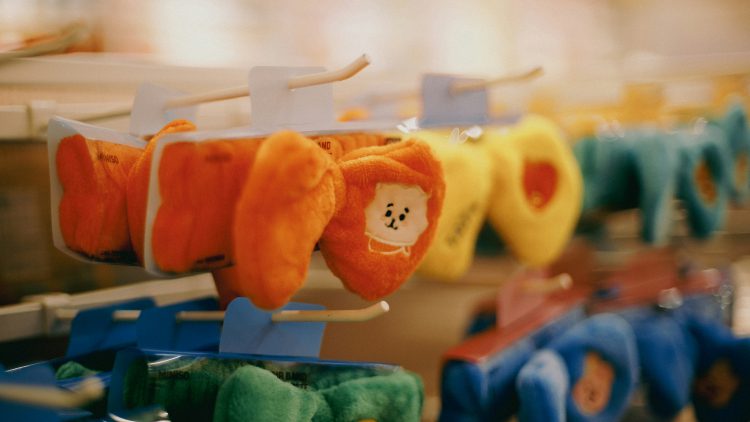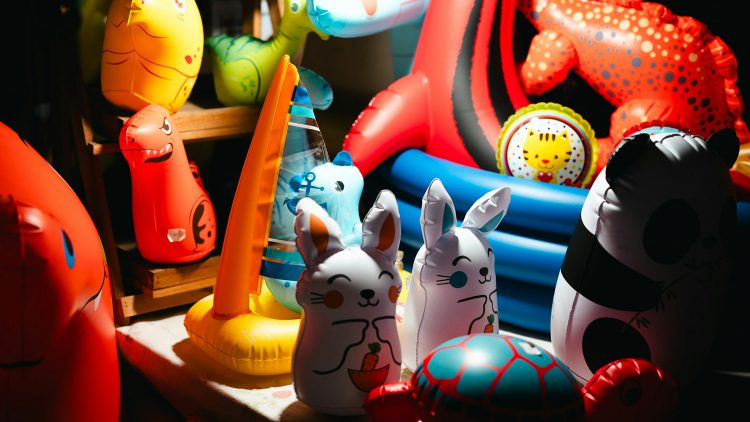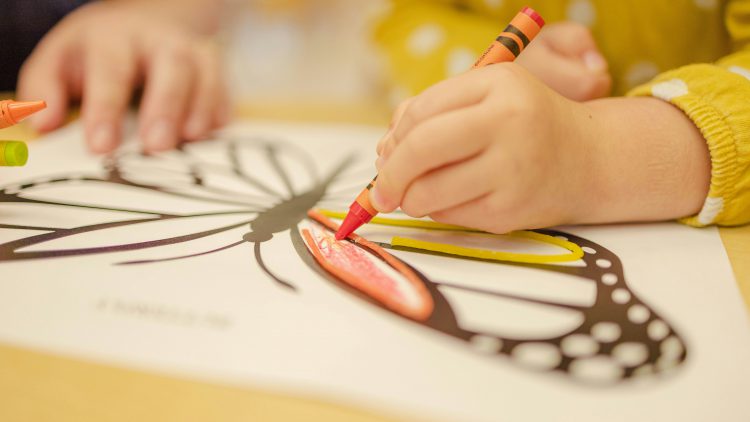Play is the language of childhood — and when paired with thoughtful design, it becomes a powerful tool for learning. Educational toys are more than just entertainment; they’re gateways to discovery, imagination, and development. In 2025, with growing awareness of screen-free learning and holistic growth, parents and educators are turning to toys that teach while they engage.
Here’s a deep dive into the world of educational toys, why they matter, and which types offer the most value across different stages of childhood.
1. Why Educational Toys Matter
Children learn best through play. When they build, sort, explore, and pretend, they’re developing essential skills:
- Cognitive skills: memory, attention, problem-solving.
- Motor skills: coordination, dexterity, balance.
- Social-emotional skills: empathy, cooperation, self-regulation.
- Language and communication: vocabulary, storytelling, listening.
Educational toys support these domains by offering hands-on experiences that stimulate the brain and body simultaneously.
2. STEM Toys: Building Future Innovators
STEM (Science, Technology, Engineering, Math) toys are designed to spark curiosity and critical thinking.
- Examples: Coding robots, magnetic building sets, science kits, circuit boards.
- Benefits: Encourage experimentation, logical reasoning, and spatial awareness.
- Top picks: LEGO Education sets, Osmo coding games, Snap Circuits, and Montessori-inspired engineering kits.
These toys prepare kids for a tech-driven world while keeping learning playful and accessible.
3. Montessori and Open-Ended Toys
Montessori toys focus on independence, concentration, and real-world learning. They’re often made from natural materials and designed to be simple yet purposeful.
- Examples: Wooden puzzles, sorting trays, stacking blocks, sensory bins.
- Benefits: Promote self-directed learning and fine motor development.
- Top picks: PlanToys, Lovevery play kits, and Grimm’s rainbow stackers.
Open-ended toys allow children to use their imagination freely — there’s no “right” way to play, which fosters creativity and confidence.
4. Language and Literacy Toys
Language-rich toys help children develop vocabulary, comprehension, and storytelling skills.
- Examples: Interactive books, alphabet puzzles, storytelling dice, puppets.
- Benefits: Build early literacy, listening, and expressive language.
- Top picks: LeapFrog learning tablets, VTech talking books, and felt storyboards.
For bilingual households, toys that support dual-language learning can be especially valuable.
5. Math and Logic Toys
Math toys make numbers fun and tangible. They help kids understand patterns, counting, and problem-solving.
- Examples: Number blocks, abacuses, shape sorters, Sudoku puzzles for kids.
- Benefits: Strengthen numeracy, sequencing, and logical thinking.
- Top picks: MathLink cubes, ThinkFun logic games, and Montessori number rods.
These toys lay the foundation for future math success — without the pressure of worksheets.
6. Creative and Artistic Toys
Art-based toys nurture imagination and emotional expression. They also support fine motor skills and visual-spatial reasoning.
- Examples: Drawing boards, modeling clay, musical instruments, DIY craft kits.
- Benefits: Encourage self-expression, focus, and innovation.
- Top picks: Crayola art sets, Melissa & Doug easels, and Kinetic Sand.
Creative play helps children process emotions and develop a sense of identity.
7. Social and Emotional Learning (SEL) Toys
SEL toys teach empathy, cooperation, and emotional regulation — skills that are just as important as academics.
- Examples: Emotion flashcards, cooperative board games, role-play sets.
- Benefits: Build resilience, teamwork, and self-awareness.
- Top picks: Peaceable Kingdom games, plush emotion dolls, and conversation starters.
These toys are especially helpful in group settings or for children navigating big feelings.
8. Age-Appropriate Recommendations
| Age Group | Recommended Toys |
|---|---|
| 0–2 years | Soft sensory toys, stacking cups, musical rattles |
| 2–4 years | Shape sorters, pretend play sets, simple puzzles |
| 4–6 years | STEM kits, art supplies, beginner board games |
| 6–8 years | Coding toys, logic puzzles, science experiments |
| 8+ years | Robotics kits, strategy games, creative building |
Always check for safety certifications and age labels to ensure toys are developmentally appropriate.
9. Tips for Choosing the Right Educational Toy
- Look for versatility: Toys that grow with your child offer long-term value.
- Prioritize quality: Durable, non-toxic materials are safer and more sustainable.
- Balance structure and freedom: Combine guided learning toys with open-ended ones.
- Watch for engagement: The best toy is one your child returns to again and again.
Final Thoughts
Educational toys are powerful tools for nurturing well-rounded, curious, and confident children. In 2025, with more options than ever, parents and educators can choose toys that align with their values — whether that’s sustainability, screen-free play, or STEM readiness.
By investing in toys that teach while they entertain, we give kids the gift of joyful learning — one block, puzzle, or story at a time.



